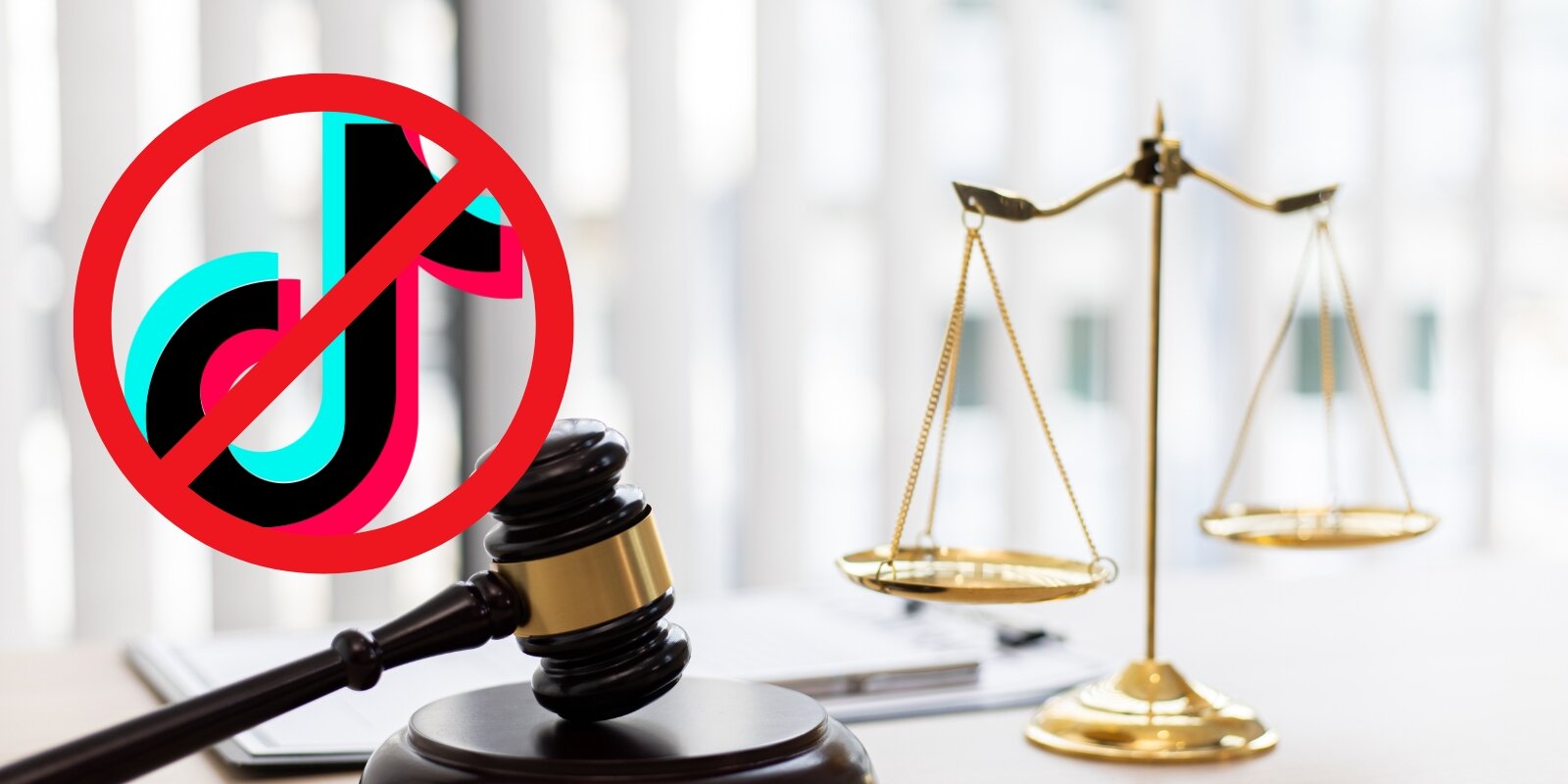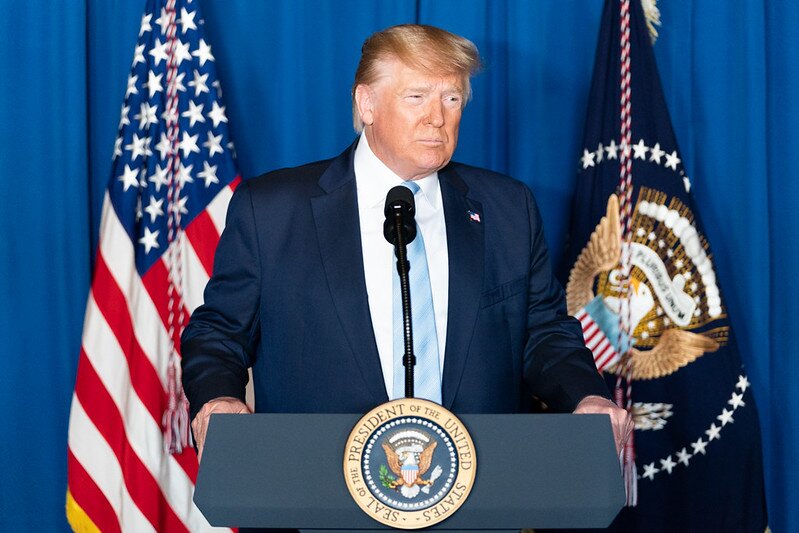The TikTok Ban: Implications, challenges, and the future of social media in the U.S.

In a historic turn of events, the United States Supreme Court upheld the ban on TikTok, citing national security concerns. This decision has sparked heated debates across the nation, touching on crucial topics such as free speech, data privacy, and the future of social media regulation. With 170 million U.S. users directly affected, the ban has left individuals, businesses, and policymakers scrambling to adapt to a rapidly changing digital landscape. This blog post will unpack the TikTok ban's timeline, legal challenges, and broader implications while providing actionable insights for businesses and users navigating this unprecedented shift in the social media ecosystem.
Understanding the TikTok ban: A timeline of events
The journey toward the TikTok ban involved a series of significant milestones, each contributing to the unfolding drama:
- April 24, 2024: President Biden signed the Protecting Americans from Foreign Adversary Controlled Applications Act (PAFACA) into law. This legislation was designed to counter potential security threats posed by foreign-owned applications, setting the stage for TikTok’s eventual ban by requiring divestiture of U.S. operations.
- January 10, 2025: The Supreme Court heard oral arguments that challenged the constitutionality of the new law. These debates delved into complex issues surrounding security, free speech, and economic impacts.
- January 17, 2025: The Supreme Court issued a unanimous decision to uphold the law, prioritizing national security concerns over free speech issues raised by opponents.
- January 18, 2025: TikTok voluntarily ceased operations in the U.S. ahead of the enforcement deadline, creating a vacuum in the social media space.
- January 19, 2025: The ban officially went into effect as Apple and Google removed TikTok from their app stores, marking a significant turning point in the platform’s accessibility.
- January 19, 2025 (later that day): TikTok reinstated its service temporarily following President-elect Donald Trump’s announcement to delay the enforcement of the ban.
- January 20, 2025: Despite this temporary restoration, TikTok’s future in the U.S. remains uncertain, with negotiations and legal battles continuing to unfold.
Why TikTok was banned: Key concerns and controversies
National security risks
TikTok’s parent company, ByteDance, faced serious allegations of sharing user data with the Chinese government. U.S. lawmakers expressed concerns that TikTok could be leveraged for espionage, surveillance, and influence operations. The app's ability to collect and analyze large amounts of user data amplified these fears.
Data privacy
With a user base of 170 million Americans, TikTok gathered extensive personal data, including location information, browsing habits, and even biometric details. Critics argued that such data could be weaponized by foreign adversaries to undermine national security or influence domestic affairs.
Free speech concerns
Opponents of the ban emphasized TikTok’s importance as a platform for free expression and activism. The American Civil Liberties Union (ACLU) argued that the ban infringed upon First Amendment rights, depriving users of a vital space for cultural and social discourse.
Economic impacts
The ban also raised concerns about its economic fallout. TikTok’s advertising model had become a cornerstone for many small businesses and influencers, enabling them to reach targeted audiences efficiently. The sudden loss of this platform has forced many to reassess their strategies and seek alternatives.
The Supreme Court decision: Balancing security and freedom
In its landmark ruling, the Supreme Court upheld the TikTok ban, highlighting the government’s duty to safeguard national security. The Court acknowledged the platform’s cultural significance and economic importance but concluded that divestiture of its U.S. operations was the only viable solution to address the identified risks.
Key takeaways from the ruling
- National security concerns can take precedence over free speech considerations when a credible threat exists.
- The requirement for ByteDance to divest TikTok’s U.S. operations was deemed a proportional and necessary response.
- This decision sets a precedent for handling future cases involving foreign-owned technology platforms.
Trump’s intervention and its impact
President-elect Donald Trump’s decision to delay the enforcement of the TikTok ban added a new layer of complexity to the situation. Trump’s proposed executive order seeks to:
- Extend the deadline for ByteDance to divest TikTok’s U.S. operations, allowing more time for negotiations.
- Create a smoother transition by facilitating discussions for a potential acquisition by a U.S.-based company.
- Reduce immediate disruptions for users and businesses relying on TikTok.
Implications of the TikTok ban
For users
The ban has disrupted millions of U.S. users who relied on TikTok for entertainment, connection, and creative expression. Content creators, in particular, have faced challenges transitioning to alternative platforms like Instagram Reels, YouTube Shorts, and emerging competitors.
For businesses
Businesses that integrated TikTok into their marketing strategies must now explore other social media platforms to maintain their audience engagement. Diversifying efforts across multiple channels has become an essential survival strategy.
For policymakers
The ban has reignited debates about regulating foreign-owned technology. Policymakers must strike a delicate balance between safeguarding national security and fostering innovation and free market principles.
What’s next for TikTok?
As of January 20, 2025, TikTok’s future remains shrouded in uncertainty. Key developments to watch include:
- Divestiture negotiations: ByteDance’s efforts to sell TikTok’s U.S. operations could determine whether the app survives in the American market.
- Executive orders: Trump’s proposed measures may provide temporary relief but leave long-term questions unanswered.
- Rise of alternatives: Competing platforms like Clapper, Triller, and others are poised to capitalize on the void left by TikTok.
Actionable insights for businesses and content creators
1. Diversify your social media strategy
Avoid putting all your eggs in one basket. Leverage platforms such as Instagram, YouTube, LinkedIn, and Facebook to ensure your content reaches diverse audiences.
2. Focus on owned media
Build your own digital assets, such as email lists, blogs, and podcasts. These platforms give you greater control and stability in a rapidly changing social media environment.
3. Stay informed
Keep a close eye on news and updates regarding the TikTok ban. Staying ahead of regulatory changes will enable you to adapt proactively and minimize disruptions.
Conclusion
The TikTok ban represents a pivotal moment at the intersection of technology, security, and free speech. As the situation continues to evolve, individuals and businesses must remain adaptable, innovative, and informed. By diversifying their strategies and exploring new opportunities, they can navigate this challenging period and emerge stronger.


